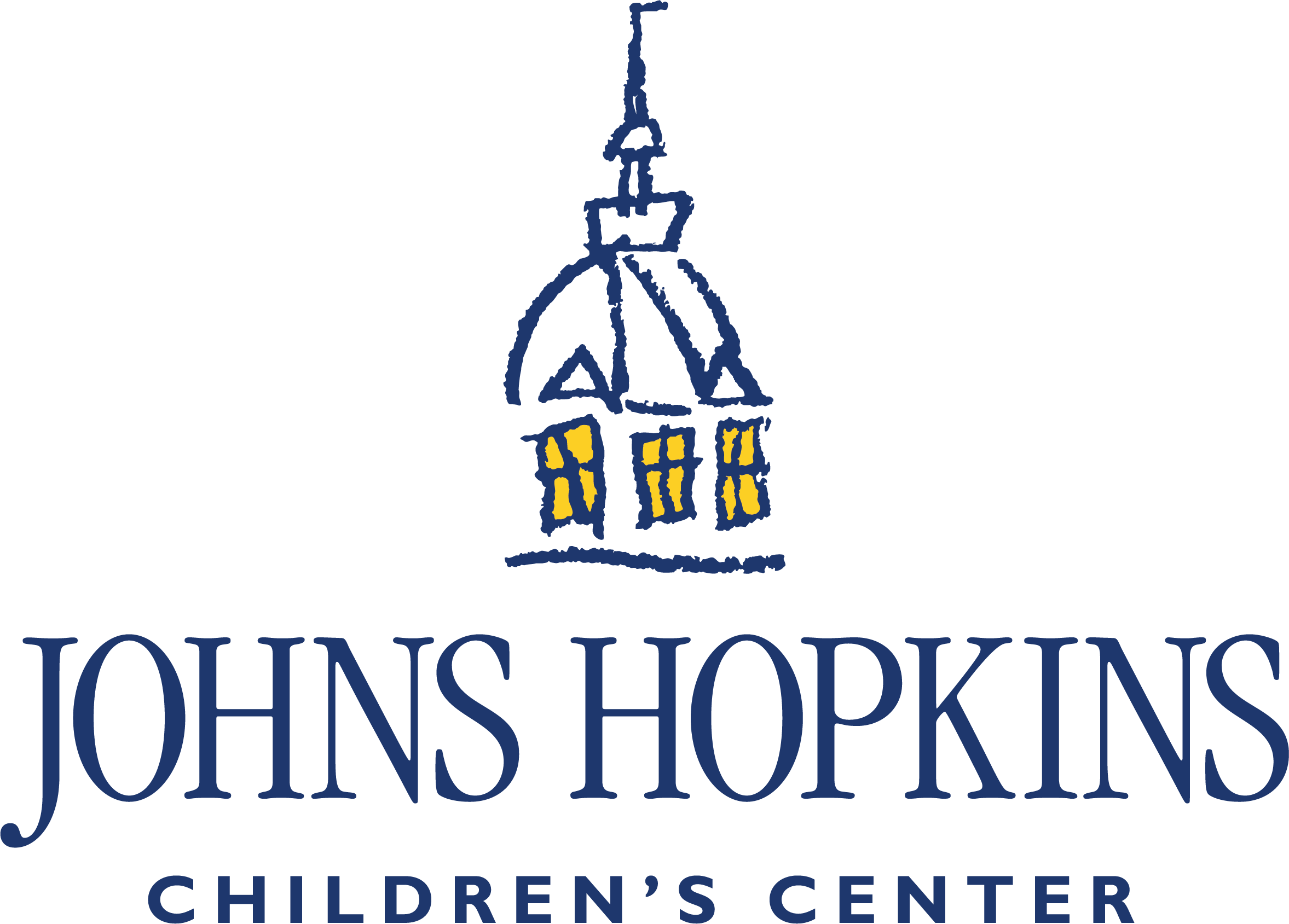Pediatric Emergency Medicine Fellowship Goals and Objectives
The Pediatric Emergency Medicine Fellowship Program at Johns Hopkins Children’s Center provides a gamut of opportunities for training. The program is based in a moderate volume (35,000 visits per year) Pediatric ED set in a large pediatric hospital. The clinical program is challenging, with a high acuity level and high level of complexity in our patient population.
The Johns Hopkins Children’s Center is the only designated Pediatric Trauma Center and the only Pediatric Burn Center in the state of Maryland. In addition, the resources of Johns Hopkins Children’s Center and Johns Hopkins University are nearly limitless. A range of research and other academic opportunities can be mined to tailor an individual program for each fellow.
The primary focus of this program is to produce fellows ready for research or clinician educator career paths in academic PEM. The following goals and objectives delineate basic level of proficiency expected of all fellows by the time of graduation. These goals are based primarily on the sub-specialty fellowship training consensus statements published in 1991 and 1997.
References
- Baker MD, Caputo G, Crocket KR, et. al. Pediatric Emergency Medicine (PEM) Fellowship Curriculum Statement. Pediatric Emergency Care. 1991:7(1); 48-53.
- Shaw KN, Schunk J, Ledwith C, et. al. Pediatric Emergency Medicine (PEM) Fellowship: Essentials of a three-year academic curriculum. Pediatric Emergency Care. 1997:13(1); 77-81.
Clinical Care
Goal
Become clinically proficient in the care of the acutely ill and injured child.
Objectives
- Build medical knowledge, patient care skills, and procedural skills through a variety of clinical rotations and didactic teaching sessions both within the PED and in affiliated rotations outside the PED (Anesthesia, PICU, Trauma, Toxicology, adult ED, Child Abuse, EMS).
- Build communication, leadership and prioritization skills necessary to manage shifts in a pediatric emergency department.
Teaching Skills
Goal
Become an effective teacher for house staff, students, nurses, pre-hospital providers, and patients and families.
Objectives
- Practice bedside teaching on clinical shifts.
- Practice presentation skills and lecture development for various audiences
- Deliver monthly PEM core curriculum lectures to residents and students
- PEM Conference didactic lectures to fellows and faculty
- PICU/ER didactic lectures to joint fellows and faculty
- Lecture at least once to large audience: examples of possible venues are EM department didactic lecture, Pediatric Noon conference, grand rounds, EMS CME lecture.
- Produce a folio of lectures regarding pediatric emergency medicine topics.
- Develop three new 30 minute lectures for PEM core curriculum set
- Develop 5-6 new 50 minute lectures for PEM Conference
- Develop 3 new 50 minute lectures for PICU/ER conference
- Develop skills in assessing performance and delivering feedback
- Participate in monthly resident evaluations
- Give shift level feedback to residents in the ED.
Research Skills
Goal
Develop skills necessary to direct original research.
Objectives
- Become comfortable planning and critically assessing research proposals with regard to feasibility, scientific legitimacy, and ethical concerns.
- Participate in Journal Club and Evidence Based Medicine Conferences.
- Complete all IRB required training in human subjects protection, privacy protection and research ethics.
- Fellow will be trained in, and expected to contribute to ongoing research projects in the division (Identify eligible patients and obtain consent, do clinical data collection for PECARN studies, other fellow’s projects).
- Gain a practical knowledge of biostatistics in order to critically assess the medical literature and as a foundation for future research.
- Summer Intensive program (Epidemiology and Biostatistics) at Bloomberg School of Public Health.
- Exposure to relevant topics in Journal Club and PEM Didactic Conference.
- Produce academic work (original research, curriculum development, quality improvement project etc.) to meet requirements of American Board of Pediatrics for subspecialty certification.
Administrative Skills
Goal
Exposure to administrative management of Emergency Departments and Emergency Medical Services.
Objectives
- Gain familiarity with relevant topics via didactic sessions and clinical and administrative rotations (PEM Conference, PEM rotations, Adult ED rotations, EMS rotation).
- Participate in administrative meetings and activities of the division (PEM Division meeting, PEM M&M).
- Attend and participate in PEM Morbidity and Mortality Conference monthly. Prepare (review charts, identify problems, develop presentation) and present the conference twice a year.
- Attend Monthly PEM division meeting. Fellow is expected to become involved in specific problem-solving work groups which coordinate with his or her individual interests.
- Emergency Medical Systems/Pre-hospital Care:
- Complete Pediatric Base Station Course
- Complete required rotation in EMS
- Base Station QI will review all calls signed out by fellow
- Program provides elective opportunities for involvement with EMS-C and MIEMSS
- Disaster Preparedness:
- Attend one disaster preparedness committee meeting.
- Program provides elective opportunities for involvement with CEPAR (Center for Emergency Preparedness and Research).

